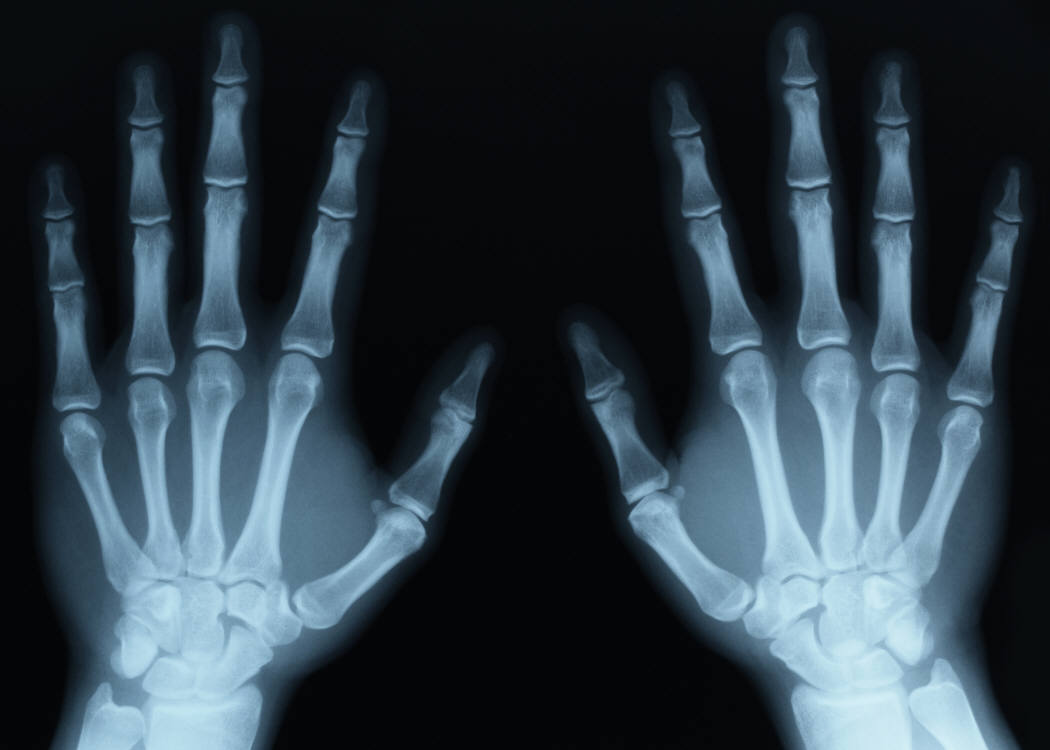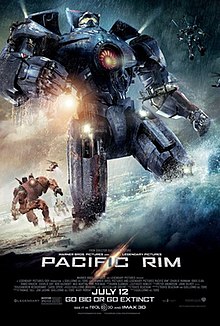WEEK 2: Math and Art
Prior to any of the readings or informational material I
figured that there was some relationship between art and math, but not
to what extent. One of my friends had switched from being an electrical
engineer to a DJ recently. I asked him why make such a large transition
and why now? He answered saying that music is really just different
sound wave lengths that can be measured and looked at in mathematical
terms. From electrical sound waves to painting a circle as close to
perfect as possible I saw the connection between math and art but these
readings furthered my knowledge of the subject.
 |
| Musical Construction |
I found it very interesting when they were discussing fractals in the
module. Fractals have always been intriguing to be as they are
different that most every other concrete shape and idea. When we thing
of shapes that construct the world around as we know it, we think of
simple triangles, squares and circles, but fractals bring a whole new
idea into the situation and this sparks my interest in math relating it
to art. Finally, the discussion of the fourth or higher dimension
in Flatland sparked my interest as well. I do think that there is an
alternate dimension that we are just not aware of yet. This will come in
time and I believe that it will have a very profound impact and
influence on art as we know it and as we move forward. This will truly
be a leap for the connection between art and math as we definitely need
math to be able to understand this dimension and the knowledge will
eventually trickle into the art world.
 |
| Hypothetical 4th dimension |
Essentially this week I learned that artists use math a lot more than one would think in their art. We may perceive artists as very naturally talented and creative, but they also are very structured and use basic geometric shapes to help their art maintain form. Dr. Vesna harped on this point in her discussion, and I completely agree with her now that I am aware of the mathematical use in art.
| | |  |
| Shapes in Art |
I believe that the juxtaposition of math, art and science is not random. I think that math and science lead to art and that at the foundation of art is math and science. Furthermore, I believe that art is an easy way to express math and science. Science and math are two very difficult and deep concepts to understand and art is an excellent way to demonstrate their complexity to the world.
Abbot, Edwin A. Flatland: A Romance of Many Dimensions. N.p.: Seely, 1884. Print.
Ableton. (2009, January 1). Retrieved April 1, 2015, from https://i.ytimg.com/vi/g90FwcTLQiA /hqdefault.jpg
Fractals YouTube. 17 June 2006. Web. 10 Apr. 2015.
<https://www.youtube.com /watch?feature=player_embedded&v=ivRQDbAduoM>.
Henderson, Linda. "The Fourth Dimension and
Non-Euclidean Geometry in Modern Art: Conclusion." Leonardo 17.3
(1984): 205-10. J Stor. The MIT Press. Web. 14 Apr. 2015. <http://links.jstor.org/sici?sici=0024-094X(1984)17:32.0.CO;2-1>.
Vesna, Victoria.
“Mathematics-pt1-ZeroPerspectiveGoldenMean.mov.” Cole UC online.
Youtube, April 2012. Web. 11 Oct. 2012.
<http://www.youtube.com/watch?v=mMmq5B1LKDg& feature=player_embedded>











